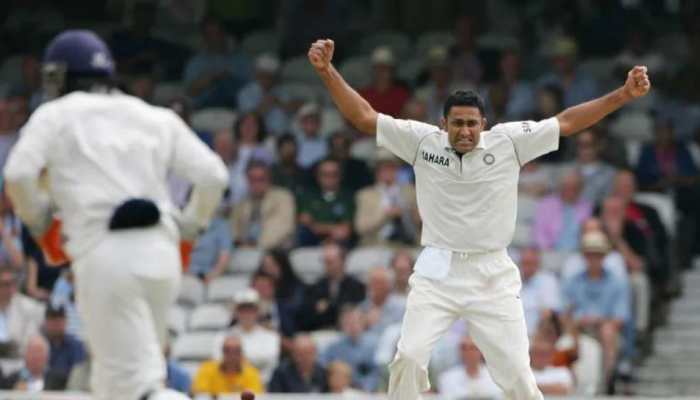EXPLAINED: Diabetes patients are at higher risk of heart attacks - here's why
Diabetic patients experience a slow death of nerve endings, causing immense pain. As a result, diabetics who develop heart attacks may not present typical symptoms of chest pain. Instead, they may show symptoms of fatigue, breathlessness, lethargy, etc.
- Since in most diabetics, heart attacks go unnoticed, they often go untreated as well
- It is estimated that 50-60 per cent of diabetics develop heart diseases – a diabetic with high blood sugar is likely to develop ‘blocks’
- In India, the prevalence of diabetes rose from 7.1 per cent in 2009 to 8.9 per cent a decade later
Trending Photos
) Pic: Pixabay
Pic: Pixabay India witnesses over 28,000 deaths due to heart attacks every year. Cardiac arrest is one of the most common causes of death in India, and incidents have risen by a whopping 73 per cent in only 10 years. People with co-morbidities, especially diabetes, are more susceptible to silent heart attacks, experts say. Diabetes is a condition that causes high blood glucose levels owing to the body’s inability to either produce insulin or use it sufficiently to regulate glucose. Those with diabetes show signs such as increased hunger and thirst, and subsequently urination; unexpected weight changes; persistent sores; numbness or tingling in the hands or feet; tiredness; and even blurry vision.
In India, the prevalence of diabetes rose from 7.1 per cent in 2009 to 8.9 per cent a decade later. At present, more than 2.5 crore Indians have diabetes, which is estimated to increase to 3.6 crore by 2045. Most of these people are at risk of silent heart attacks – those that occur without any symptoms, or with symptoms that are unrecognisable. People may not know that they had a heart attack until they receive a diagnosis some weeks or months later.
Not just in India, but silent heart attacks are a concern globally. According to the American Heart Association (AHA), silent heart attacks account for a fifth of the estimated 805,000 heart attacks every year in the United States.
Also: THESE 7 lifestyle habits reduce risk of dementia in people with diabetes: Study
Link between diabetes and heart attack
It is estimated that 50-60 per cent of diabetics develop heart diseases – a diabetic with high blood sugar is likely to develop ‘blocks’. “Blocks mean slow obstructions in the blood flow of coronary arteries, brain arteries and kidneys. This entire continuum of diabetes causing obstruction to blood flow into the vessels of the entire body is called atherosclerotic cardiovascular diseases,” explains Dr Ashok Kumar Jhingan, senior director of Delhi’s renowned BLK-Max Super Speciality Hospital.
“These are usually present together and include diabetes, high blood pressure, heart disease, stroke, kidney diseases, peripheral vascular diseases and retina problems. High blood sugar levels can damage blood vessels and the nerves that control the heart. High blood pressure increases the force of blood through arteries and can damage the artery wall,” Dr Jhingan added.
Diabetic patients experience a slow death of nerve endings, causing immense pain. As a result, diabetics who develop heart attacks may not present typical symptoms of chest pain. Instead, they may show symptoms of fatigue, breathlessness, lethargy, sweating, giddiness, loss of consciousness, etc. Because such attacks go unnoticed, they often go untreated as well.
“Since most diabetic cases present late, their cases are more complicated. They end up having multiple blocks, multi‑vessel diseases and low ejection fraction (low pumping of the heart). This entire continuum of diabetics developing silent heart attack with multiple blocks and low ejection fraction causes poor prognosis and poor long‑term outcomes. Most of these patients are subjected to multi‑vessel angioplasty or open-heart bypass surgery,” Dr Jhingan said.
Stay informed on all the latest news, real-time breaking news updates, and follow all the important headlines in india news and world News on Zee News.
Live Tv







)
)
)
)
)
)
)
)
)
)
